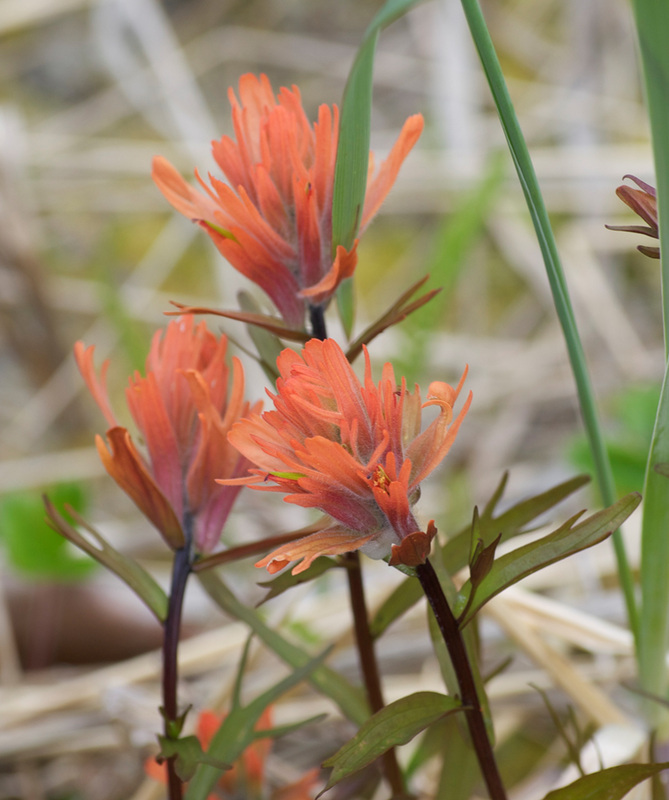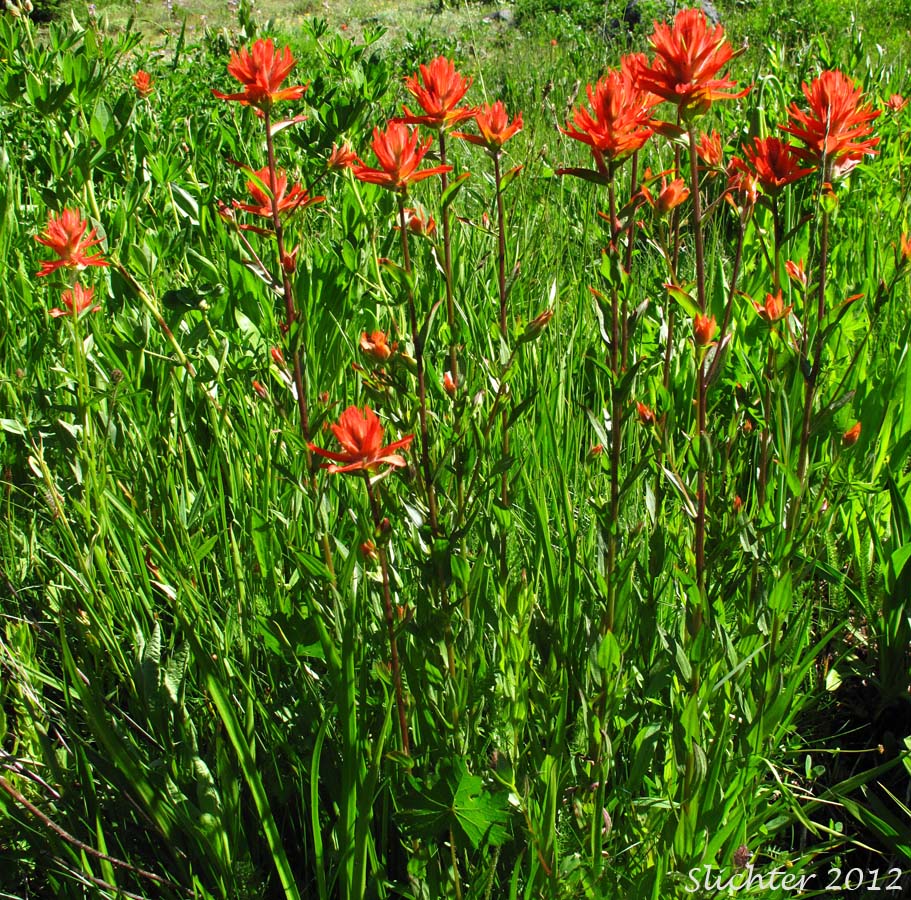

It is essential that this species be allowed to reseed for an abundant display for the following year.

Maintenance: After flowering ceases, allow seeds to completely mature before mowing for reseeding or collecting to plant in a new area. Seed capsules may be carefully collected by hand April – May when the capsules are dry and brown. Seed Collection: Seeds are formed in capsules at the base of each flower. Flowers are clustered at the top of the plant and at the end of stems arising from leaf axils near the top of the plant, though most plants are unbranched. As within many of the closely related amaryllids, this bulb is poisonous and deaths have been reported following the ingestion of the bulb.
:max_bytes(150000):strip_icc()/indian-paintbrush-plant-profile-5120203-03-588e6da830714db49e5e1b2d78704d5b.jpg)
Recommended seeding rate in 1/4 pound per acre. Seeds are exceptionally small (4 million seeds per pound), commercially available, depending on the previous year’s seed crop and can be expensive. Plant the seed in the fall and rake it into loose topsoil to ensure good seed/soil contact. Bergamot (Bee Balm, Oswego Tea, Scarlet Monarda). Indian paintbrush seed may require a cold wet period in the winter to germinate. Sandy Loam, Sandy, Medium Loam, Clay Loam, Clay. Native habitats include prairies, plains, meadows, pastures, savannahs, woodlands, edges, opening and roadsides. Its vivid “flower” color is actually provided by bracts – not flower petals - which are grouped around and under each of the inconspicuous flowers located on the upper third of the plant. Notes: Castilleja is an unusual member of the Scrophulariaceae, the snapdragon family. In some years, when bluebonnets (which flower at approximately the same time as Indian paintbrush) are especially colorful, paintbrush will have only an average flowering year. As is typical of our species, we tend to manage the land in a feast or famine sort of way. However, they can survive without a host plant. This increases the ability to tolerate dry conditions and expand their geographical range. They tap into the root systems of nearby plants for nutrients and water. Another serious but less obvious threat to C. Interesting Facts: Paintbrushes are semi-parasitic. We simply love to develop and farm the kinds of places that C. It has a reputation for being unpredictable. The most common reason for this is habitat destruction. Roots of this plant will grow until they touch the roots of other plants, frequently grasses, penetrating these host roots to obtain a portion of their nutrients. Together, the flowers and bracts form 3-8 in. They sometimes produce a light yellow or pure white variation mixed in with the reds. Flowers are actually inconspicuous and greenish, but are subtended by showy, red- tipped bracts. high with several unbranched stems that form clumps with bright-red or orange, paintbrush-like spikes in spring. Habit: Showy annual or biennial grows 6-16 in. Common names: Indian paintbrush, Texas Indian paintbrush, Entireleaf Indian Paintbrush, Texas Paintbrush, Scarlet Paintbrush


 0 kommentar(er)
0 kommentar(er)
